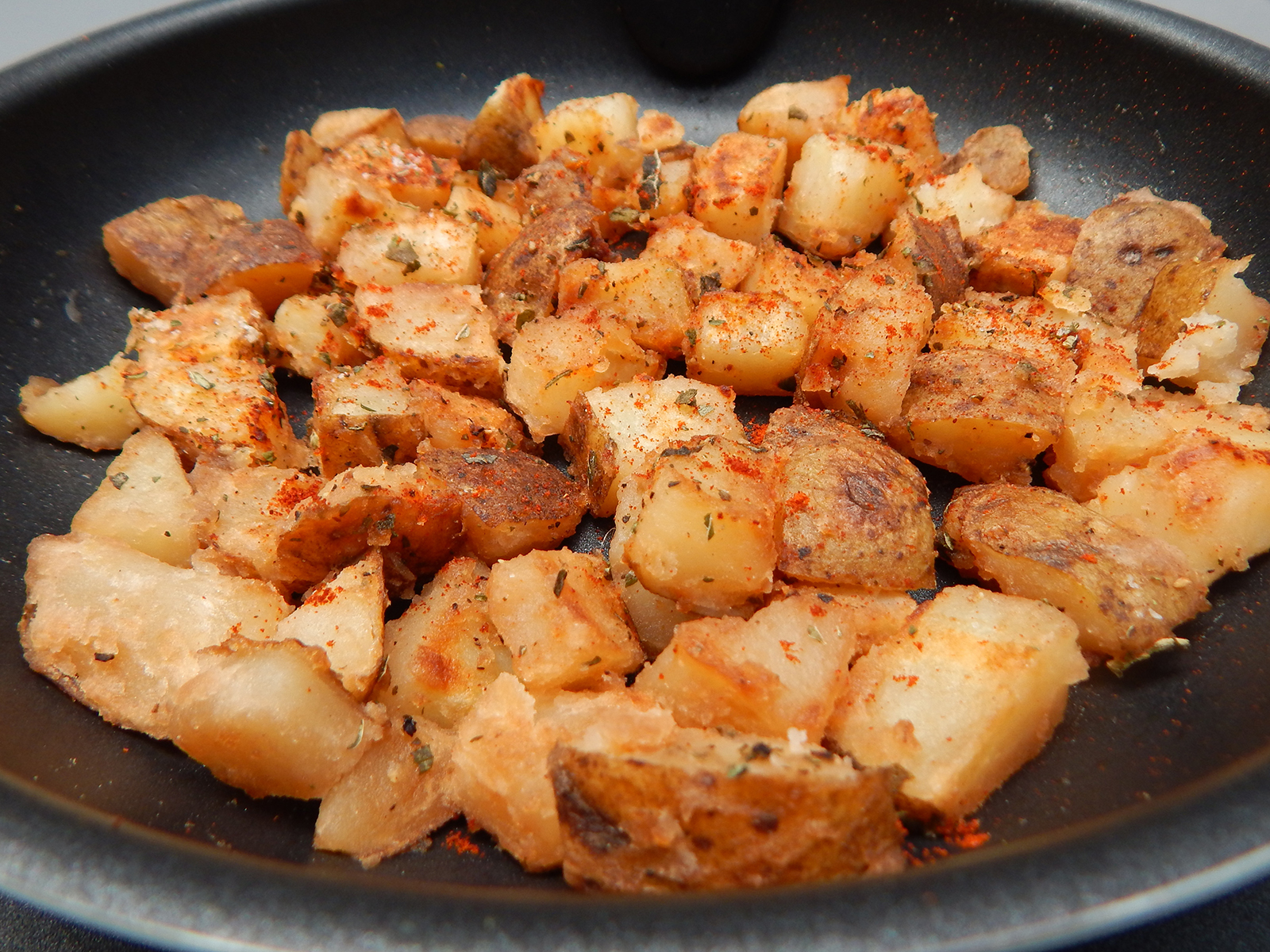Whenever I talk about my plethora of pickles during a pickling or fermenting workshop, someone inevitably asks, “What do you do with all of that brine?” The short answer is “use it,” and the long answer explains how.
The aromatics and other flavorings that make a jar of homemade pickles so delicious infuse the brine too, whether made from vinegar or created during lacto-fermentation from water and salt. Pouring all that tasty “pickle juice” into the compost after I fish the last pickle from a jar just feels wrong. Fortunately, it has many uses.
Vinegar-base pickle brine can be substituted for vinegar in many recipes, from marinades and salad dressings to deviled eggs and stir-fry sauce. Look back at the brine ingredients when deciding where to use it. A brine loaded with chiles and garlic works well in a savory marinade. One with Szechuan peppercorns, cinnamon and anise seems natural for stir-fry. The one for Apple-Sweetened Yellow Onions could be whizzed, whole spices and all, with a little prepared mustard or roasted garlic and then thinned with olive oil for a quick salad dressing.
Fermented brines deserve another look too. They typically taste quite salty, so I swap them for the water and salt when baking with sourdough starter. I’ve even worked chopped pickles and extra dill into the dough for a pickle bread. A splash or two of fermented pickle brine dirties up a Gibson or adds tang to sautéed vegetables. When cooking with brine, be sure to taste the dish before adding salt or other flavors already in the brine.
Some brines can even be reused for more pickles. Quick pickles are good candidates for reuse: since the original vegetables were only in them for minutes to days, most of the acidity remains in the jar and can be used for a second quick batch. Miso beds can often be reused too. Always make a new brine if you’ll be canning or fermenting so that you know the pH level will be safe.
Brine-Braised Breakfast Potatoes
Serves 3-4
1-1/2 to 2 pounds potatoes
2 tablespoons sunflower or other high-smoking point oil
1-1/2 cups vegetable stock or water
1/4 cup pickle brine
1 teaspoon dried basil, crumbled
1 teaspoon dried oregano, crumbled
1/2 teaspoon smoked paprika
Salt and freshly ground pepper to taste
Wash and chop the potatoes, retaining the skins. In a large frying pan, heat the sunflower oil over medium heat. Add the potatoes and fry for about 15 minutes, until lightly brown. Pour in the stock or water and brine, adding more water if needed to almost cover the potatoes. Cook for about 10 minutes, until the liquid is mostly absorbed. Stir in the basil, oregano, paprika and pepper; taste before adding salt. Cook for about five minutes, until the liquid is fully absorbed and the potatoes are cooked through. Serve immediately.
Julie Laing is a Bigfork-based cookbook author and food blogger at TwiceAsTasty.com.
